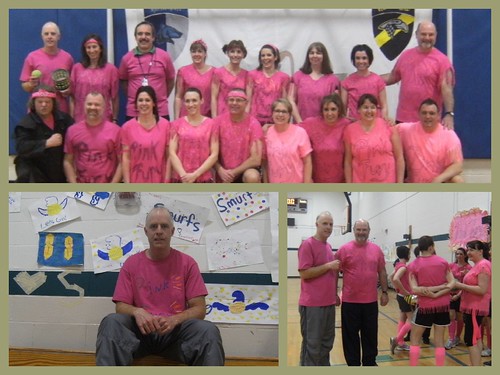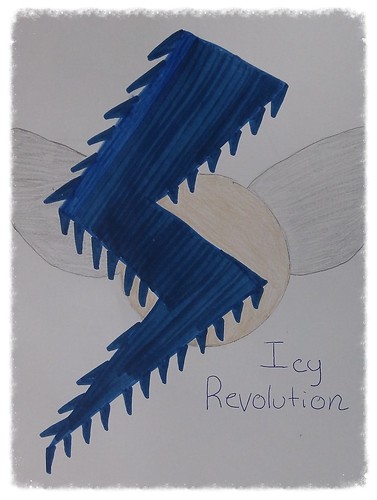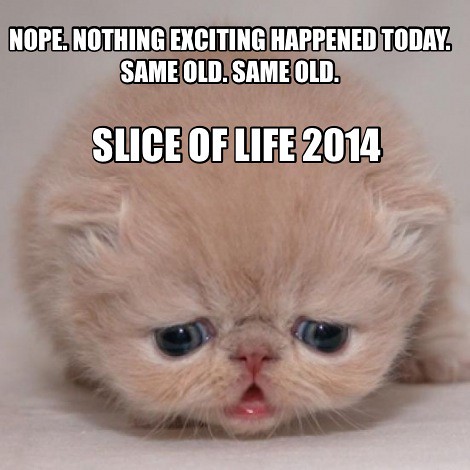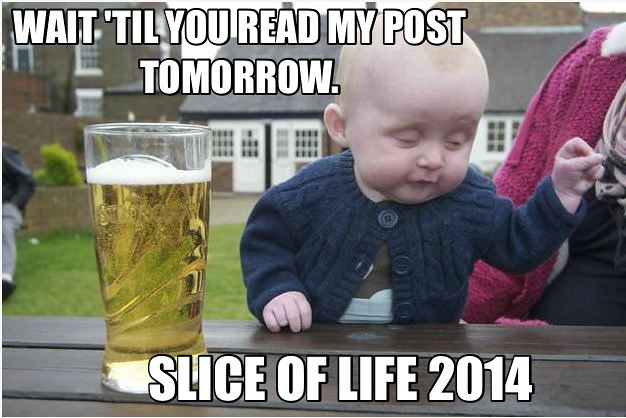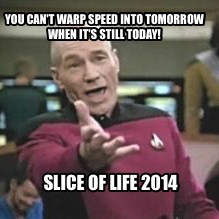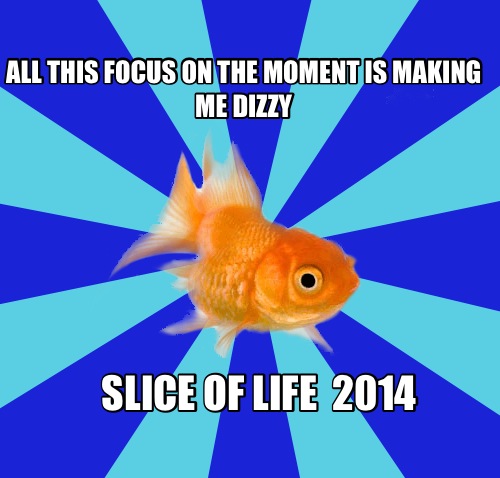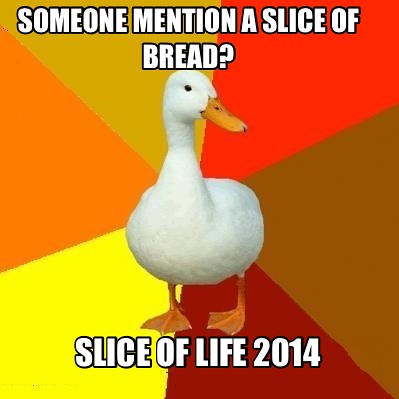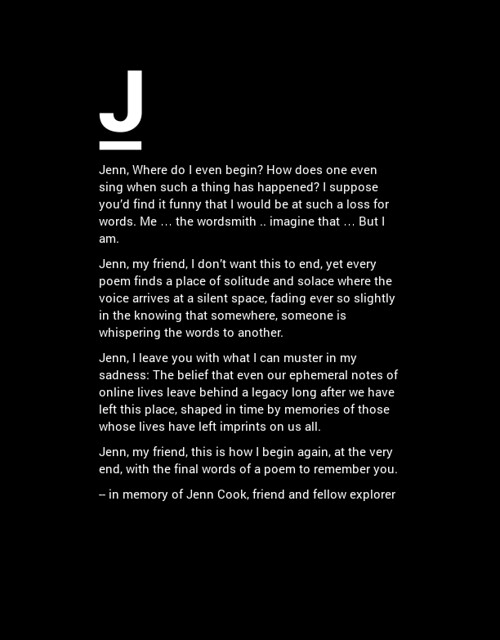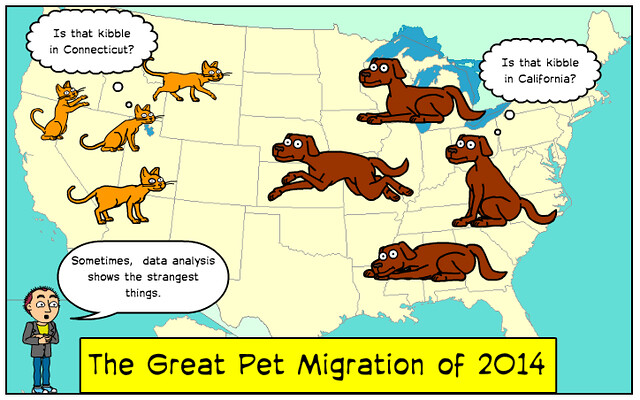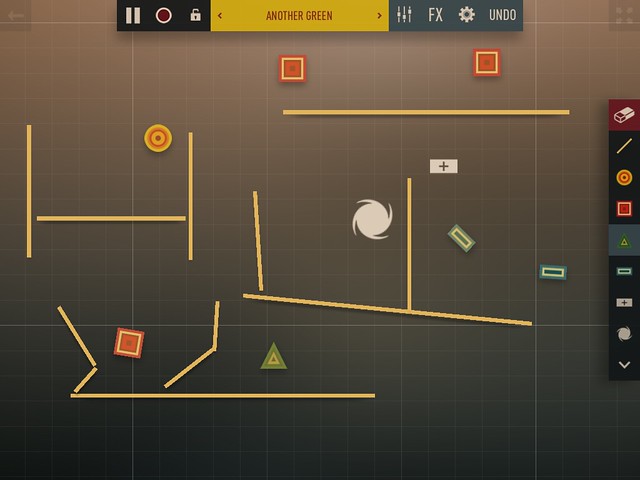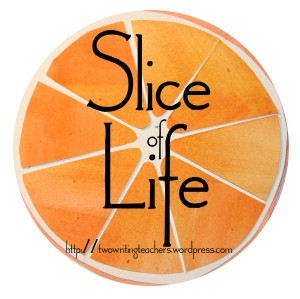
(This is part of the Slice of Life Challenge with Two Writing Teachers. We write about small moments each and every day for March. You come, too. Write with us.)
If you read this blog every March (who does that? Slicers), then you know our entire sixth grade is moving into Quidditch Season. That’s right. We play Quidditch at our school. I believe this is the 13th year of the game, which first came into being on a suggestion from a student and has morphed into a challenging Physical Educational activity with connections to literature.
The rules have developed over the years but this video we made a few years ago for the 10th anniversary gives some pointers on how to play (feel free to steal it and remix it for your school):
Each of the four sixth grade classes chooses a name and identity, and then on the day of the Quidditch Tournament, the entire day is turned over to the four teams playing each other (and then a new tradition started last year — teachers and staff playing students in the evening. I’m already tired just thinking of it). This is our teacher team from last year: Pink Fury.
Normally, the process of a class coming up with a team name is a lengthy process, involving lots of brainstorming, voting, elimination, more voting, and compromise. So, imagine my surprise when my entire class, on their own, came up with their team name this year: Icy Revolution. I had to make sure no one objected. No one did. They all worked together outside of my field of vision (I refuse to talk Quidditch until we start talking about Quidditch; Otherwise, it’s all they talk about. They try to engage in that conversation during the first week of school, believe it or not).
One student has already begun designing our team logo of a lightning bolt, dripping with ice, and a snitch in the background.
I am so impressed and so … let the games begin (as soon as we get through state testing.).
Peace (on the Quidditch Pitch),
Kevin
PS — and here is how they play it at college. I like our version better.
